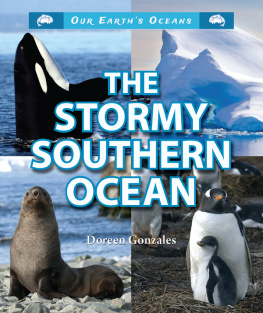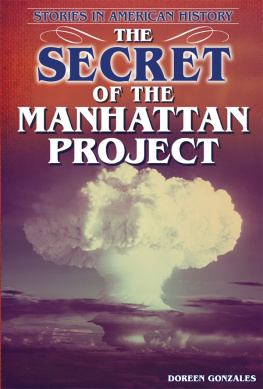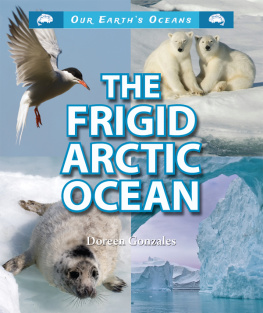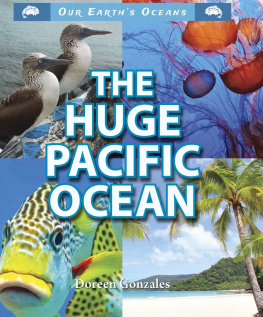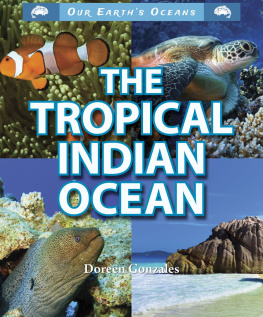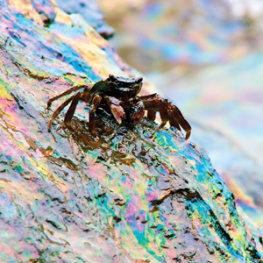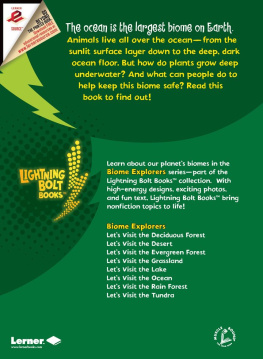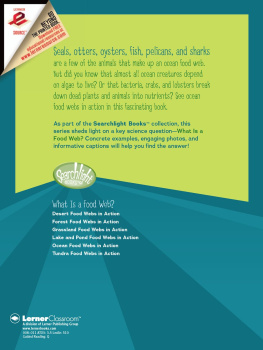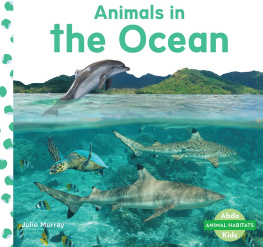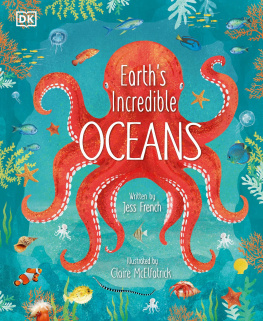
THE OCEAN AT THE BOTTOM OF THE WORLD
The Southern Ocean is home to many different plants and animals. It also has many resources that make many of the things we use every day. Discover the plants and animals that live in, on, and near this special place, the scientists who explore its mysteries, and why we need to protect this resource.
About the Author
Doreen Gonzales is an elementary school teacher who enjoys writing in her free time. She has written several nonfiction books for young readers. Gonzales lives in Colorado and likes to hike, ski, garden, and read.

Image Credit: Shutterstock.com
The Southern Ocean is the newest ocean in the world. This is not because its waters have just appeared. It is because boundary lines for other oceans were changed. This created a new ocean. The Southern Ocean became an ocean in 2000.
The Southern Ocean surrounds the continent of Antarctica. It begins along the coast of Antarctica and extends north to 60 south latitude.
The Southern Ocean is small. It covers about 7.8 million square miles (20,327,000 million square kilometers).
The Southern Ocean is different from every other ocean. It surrounds a continent and makes a ring around the globe.
The Southern is also unique because it sits at the southern end of the earth around the South Pole. This makes it a polar ocean.
Because the Southern Ocean is both circular and polar, it is called circumpolar. Being circumpolar makes the Southerns climate and life different from any other ocean.
Polar regions are tilted toward the sun for almost half the year. During this time the sun shines for twenty-four hours each day. For the other half of the year, polar regions are tilted away from the sun. During these times it stays dark for twenty-four hours a day.

Image Credit: Photograph by Peter Rejcek
Blood Falls seeps from the end of the Taylor Glacier. Scientists believe a buried saltwater reservoir is partly responsible for the red color, which is a form of iron.
The air above the Southern Ocean is always cold. Its waters are cold, too. Their temperatures are usually about 28F (2C).
Much of the water in the Southern Ocean is frozen. Frozen seawater is called sea ice. Sea ice covers over one million square miles (2.6 million square kilometers) of the Southern all year long. Most of it extends northward from Antarctica.
Southern Ocean sea ice grows in the winter. It can increase by 2.5 miles (4 kilometers) each day. During the coldest part of the year, it covers six times more area than it does in the summer.
Yet even in the winter there is open water in the Southern. Most of it is at the far northern edge of the ocean.
Antarctica is covered with a layer of ice called a glacier. Sometimes pieces of it break off and fall into the sea. These pieces are called icebergs.

Image Credit: Rear Admiral Harley D. Nygren, National Oceanic and Atmospheric Administration (NOAA)
Icebergs are parts of the polar ice cap that have broken off and fallen into the sea. This iceberg is floating in the Gerlache Strait on the west side of Antarctica.
The Southern Ocean is full of icebergs from Antarctica.

Image Credit: NASA(National Aeronautics and Space Administration)
The Erebus glacier in Antarctica sticks out off the coast of Ross Island. It forms a long ice tongue, a long and narrow sheet of ice sticking out from the coastline.
Icebergs can be almost one thousand feet (three hundred meters) thick. Yet only a small part of any iceberg is seen above the ocean. The biggest part lies below the surface.

Image Credit: NASA(National Aeronautics and Space Administration)
Known as the "great ocean conveyor," the Antarctic circumpolar current is very important in understanding the world's climate. This current carries water, heat, and more to the Atlantic, Indian, and Pacific oceans.
Icebergs can be clear, white, or blue. Some icebergs have rocks or plants inside them. These rocks or plants can color the icebergs green, brown, or pink.
Strong winds blow over the Southern Ocean. These winds create waves nearly 20 feet (6 meters) high.
One wind creates the Antarctic circumpolar current. A current is a body of water that moves in a regular and constant motion. It is like a river in the sea.
The Antarctic circumpolar current is the worlds largest current. It circles Antarctica, moving around the entire globe with no land to stop it.

Image Credit: 2012 Clipart.com, a division of Getty Images
The continent of Antarctica is an unusual place. It is not divided into countries. Nor is it owned by any one country. No one lives on Antarctica permanently, and there are no cities there. People all over the world want to keep the land and water there as natural as possible. They have encouraged countries to work together to protect Antarctica and the Southern Ocean.
In 1959, many countries signed a treaty about the polar area. The agreement was a list of rules about what could be done on Antarctica and in the Southern Ocean. By signing the treaty, the nations agreed to leave most of the resources there untouched.
Scientists believe that oil and gas lie below the seafloor. These fuels could be used by all kinds of machines. Tons of sand and gravel also lie at the bottom of the ocean. The Southern Ocean may hold enormous quantities of other valuable resources. However, because of the treaty, none of these resources will be taken from the sea anytime soon.

Image Credit: Photograph by Randall Davis
This Weddell seal wears a video data recorder that scientists use to create a 3-D map of its movement in the water as it hunts for prey. Researchers hope to learn more about the seals' hunting behavior during the darkness in late winter.
The Southern Ocean is full of life, and some fishing is allowed there. Most fishing is done on big ships that have large crews. Krill is the most popular catch. Krill are small shrimp-like animals. They are mostly used for animal feed.
Whales, seals, penguins, and seabirds are also abundant in Southern waters. However, most countries have agreed not to hunt these animals. These agreements are another way of keeping the Antarctic region as natural as possible.
The Southern Ocean is one of the most unusual places on earth. This makes it an exciting place for scientists to study. Although there are no cities on Antarctica, there are several research stations. Twenty-nine different countries have built research stations there. Added together, almost 5,000 people stay at these stations. They come to study the wildlife, climate, and unique conditions.
Next page
